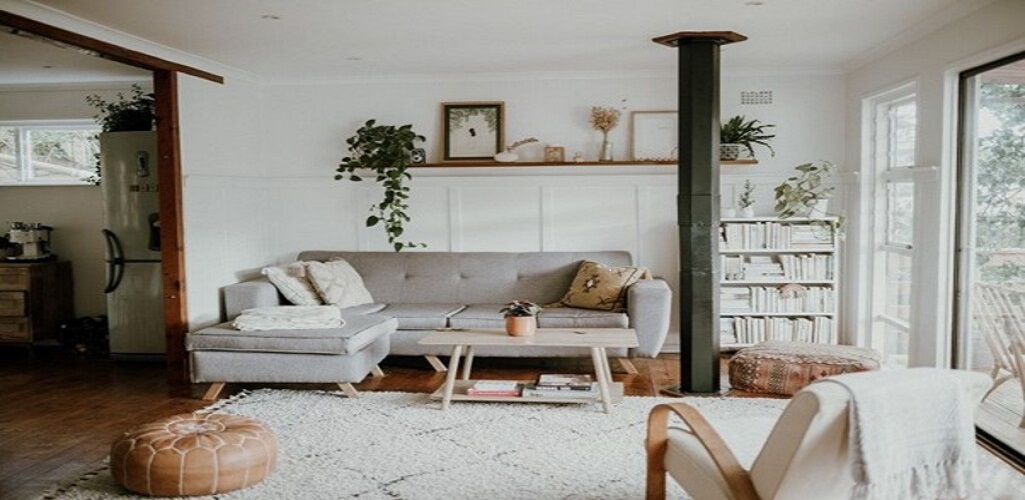
The Evolution of Modern Furniture Design
From ornate Victorian settees to the sleek and minimalist designs of today, the realm of furniture has witnessed a plethora of transformations. Modern furniture, characterized by its clean lines, simplistic forms, and functionality, has a rich history shaped by visionary designers, socio-economic factors, and technological advancements. Let’s delve deep into the fascinating evolution of modern furniture design.
Early Beginnings
Modern furniture design, as we recognize it today, began to take shape in the early 20th century. Influenced by the Bauhaus school in Germany (1919-1933), furniture began to embrace functionality over superfluous decoration. The Bauhaus philosophy championed the idea that form should follow function, laying the foundation for modernist design principles.
Post-War Modernism
The end of World War II marked a pivotal moment for modern furniture. With the onset of the industrial revolution, there was a surge in mass production. Materials like steel, glass, and plywood became readily available. Designers like Charles and Ray Eames, Eero Saarinen, and Arne Jacobsen were inspired by these new possibilities, giving rise to iconic pieces like the Eames Lounge Chair and the Egg Chair. These designers emphasized ergonomics, ensuring that aesthetic appeal didn’t overshadow comfort.
Scandinavian Influence

By the mid-20th century, Scandinavian design started making its mark on the global stage. Rooted in principles of simplicity, functionality, and a connection to nature, designers like Alvar Aalto and Hans Wegner introduced pieces that were both beautiful and practical. Their designs often incorporated organic shapes and a mix of traditional craftsmanship with modern techniques.
Minimalism and the Late 20th Century
The latter half of the 20th century saw a tilt towards minimalism. Japan’s influence played a role here, with its Zen-inspired interiors and the concept of ‘Ma’ (negative space). Furniture pieces became more streamlined, devoid of any ornate decorations, with a focus on creating open, breathable spaces.
21st Century and Beyond
The dawn of the 21st century has brought with it a blend of styles. With sustainability becoming a focal point, designers are looking at eco-friendly materials and production methods. Moreover, with technology’s integration into our lives, furniture is now designed keeping in mind our digital habits, leading to pieces with built-in chargers, speakers, or even lighting.
Conclusion
The journey of modern furniture design has been one of innovation, experimentation, and reflection of societal shifts. From the functionality-driven Bauhaus era to the tech-integrated designs of today, modern furniture continues to evolve, yet its core principle remains – creating pieces that enhance our daily lives. As we look to the future, one can only imagine the exciting innovations that lie ahead in the world of furniture design.



